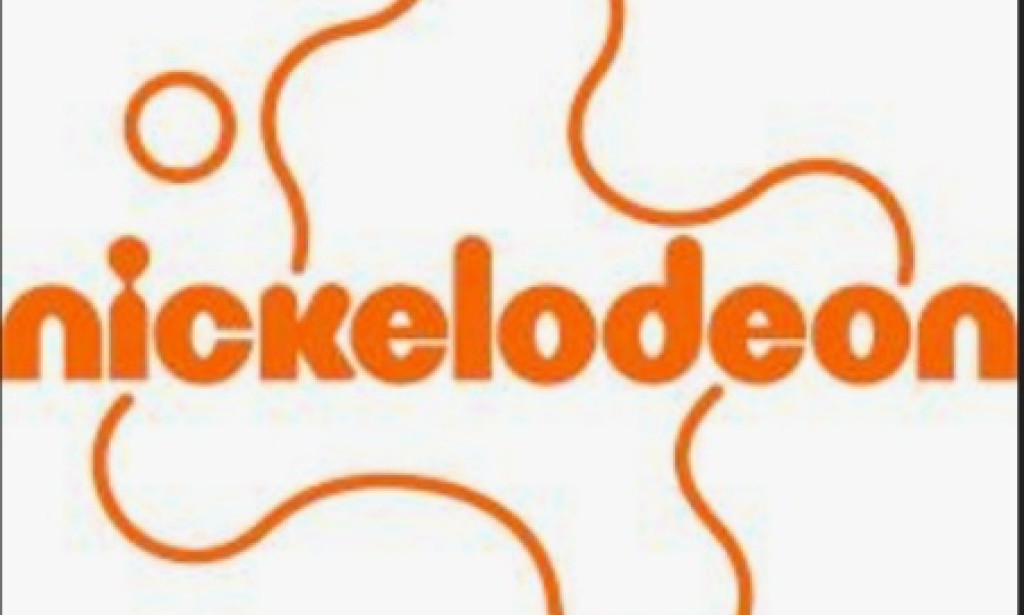Nickelodeon: A Revolutionary Force in Children's Entertainment
Since its inception in 1977, Nickelodeon has established itself as one of the most iconic and influential brands in the world of children's television. Originally launched as Pinwheel, it evolved into Nickelodeon in 1979, the first cable channel specifically designed for kids. Its legacy is one of innovation, fun, and a unique ability to adapt to the changing landscape of entertainment.
The Birth of Nickelodeon
Nickelodeon was created by Warner-Amex Satellite Entertainment, which later became part of ViacomCBS. The channel's early mission was to offer high-quality educational and entertaining programming for children. It began with shows like Pinwheel, You Can't Do That on Television, and Double Dare, a game show that became a cornerstone of the network’s identity.
The decision to create a channel that catered solely to children was groundbreaking. Nickelodeon tapped into a largely underserved demographic, with a promise to provide content that wasn't just for kids, but also by kids. This ethos led to a slew of innovative, quirky, and sometimes even controversial shows that became beloved by generations of viewers.
Iconic Shows and Characters
Over the years, Nickelodeon introduced some of the most memorable shows in television history. Whether through the misadventures of a girl named Clarissa or the wacky antics of SpongeBob SquarePants, the network created a cultural phenomenon. Some standout shows include:
-
SpongeBob SquarePants - Debuting in 1999, SpongeBob has become Nickelodeon's most successful and enduring franchise. With its surreal humor, memorable characters, and unforgettable catchphrases, SpongeBob became not just a show for children, but a part of global pop culture.
-
Rugrats - Rugrats, which aired from 1991 to 2004, followed the adventures of a group of toddlers. Its mix of slapstick humor and surprisingly deep life lessons made it a beloved classic.
-
The Ren & Stimpy Show - Premiering in 1991, Ren & Stimpy was a far more eccentric and outlandish show that targeted slightly older kids with its bizarre humor and offbeat animation style.
-
Hey Arnold! - Aimed at a slightly older audience, this show depicted the everyday life of Arnold and his friends, dealing with real-life issues in a grounded yet quirky way.
-
iCarly and Drake & Josh - These shows, part of Nickelodeon’s transition to live-action programming, captured the spirit of the digital age, especially with iCarly, which explored themes of online fame and the culture of web videos.
Innovative Programming and Impact
Nickelodeon was not just known for its diverse programming but also for its unique approach to kids' television. The channel introduced the concept of "Nicktoons," original animated series like Doug, Rugrats, and The Ren & Stimpy Show, that stood apart from the mainstream animated offerings at the time. The success of these shows set the stage for the rise of other animated shows in the 1990s, influencing the industry and children’s entertainment worldwide.
The network also embraced interactivity early on with its live programming, including events like the Nickelodeon Kids' Choice Awards, an annual celebration where kids voted for their favorite stars, movies, and TV shows. The slime, an iconic feature of the show, became synonymous with Nickelodeon and remains a beloved symbol of its playful, irreverent spirit.
A New Era: Digital and Streaming
In the 2000s and 2010s, Nickelodeon continued to evolve, exploring new ways to reach young audiences. The rise of digital platforms and streaming services presented a new frontier, and Nickelodeon was quick to embrace these changes. Nickelodeon launched its own apps, partnered with streaming services, and even expanded its brand with Nick Jr., a channel dedicated to preschool programming.
Nickelodeon’s streaming strategy began to include the release of beloved shows like SpongeBob SquarePants on platforms like Netflix and Hulu, while newer original content found a home on Paramount+. This transition helped maintain Nickelodeon’s relevance in a fast-changing media landscape.
Nickelodeon’s Cultural Legacy
Nickelodeon’s impact on pop culture is undeniable. For generations, the network has not only been a source of entertainment but a key component of childhood. Its unique blend of humor, creativity, and inclusivity has influenced television, music, and even fashion. The memorable characters, catchphrases, and moments from Nickelodeon shows remain embedded in the collective memory of viewers worldwide.
Today, Nickelodeon continues to evolve, with new series like The Loud House and Henry Danger continuing the network’s legacy of offering diverse, fun, and engaging programming. It remains a symbol of childhood joy, creativity, and the power of entertainment that both teaches and entertains.
Conclusion
Nickelodeon’s impact on children’s television and entertainment cannot be overstated. From its early days as a groundbreaking network catering to kids, to its modern-day dominance in the digital era, Nickelodeon continues to entertain, educate, and inspire generations. With its legacy of iconic characters and shows, it remains a force to be reckoned with in the world of kids' entertainment.


Wow!
You must be logged in to post a comment.